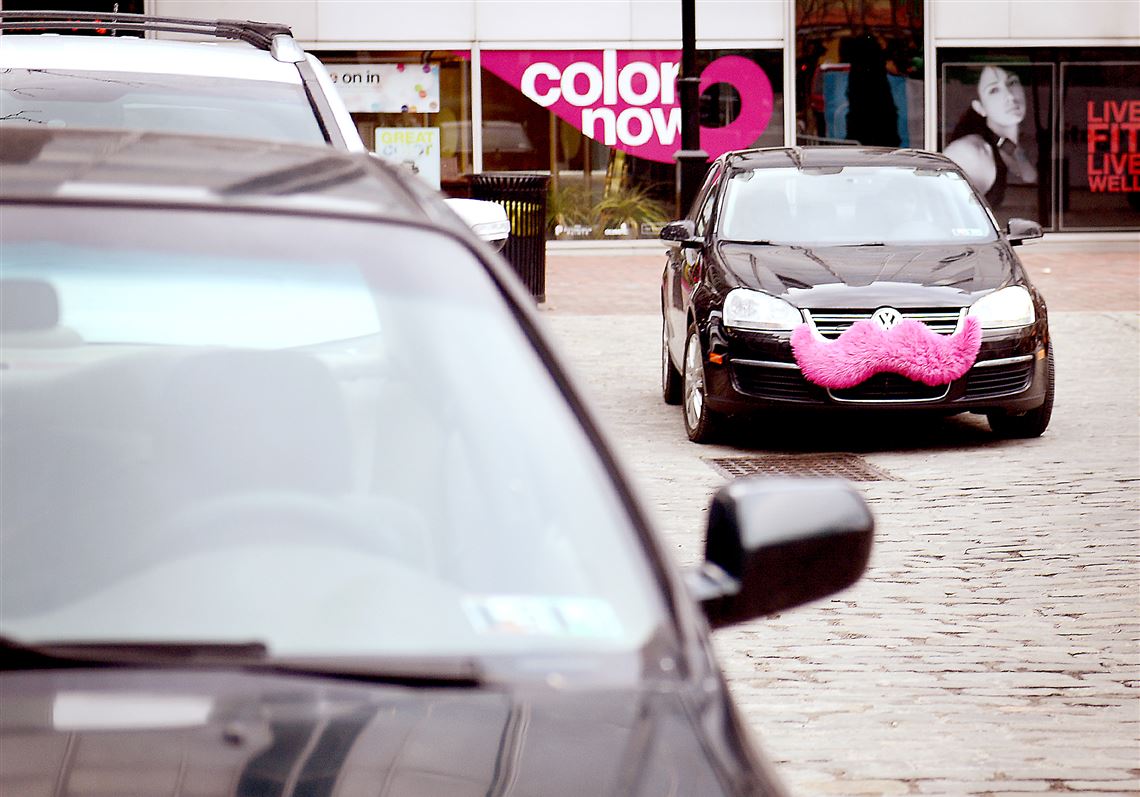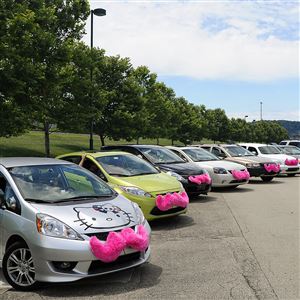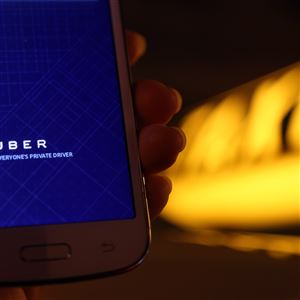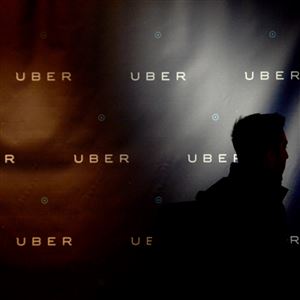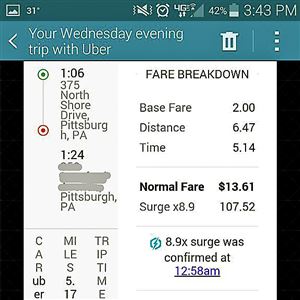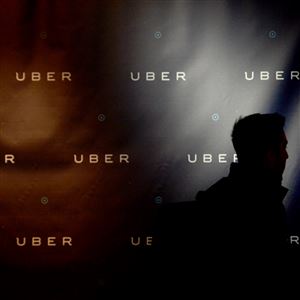Ride-sharing company Lyft has filed a plan with the Pennsylvania Public Utility Commission, which may herald an end to its battle with the regulatory agency.
That is, if the PUC commissioners like what they see.
The compliance plan is intended to demonstrate Lyft will adhere to conditions set forth when the PUC approved a two-year experimental license for the San Francisco ride-sharing company back in December.
Among the conditions is a requirement that drivers in Pennsylvania agree — in writing — to report ride-sharing activity to their insurance companies.
PUC demands also call for the company to inform drivers of the specific nature of Lyft’s insurance policy, to conduct background checks on drivers, and to ensure that any vehicles used to give rides meet the annual inspection standards of the Pennsylvania Department of Transportation.
A Lyft spokeswoman had said when the conditions were announced that the company planned to challenge a requirement that Lyft’s vehicles could not be older than eight years. But the documents filed on the PUC website Thursday state, “Lyft will not permit the use of vehicles older than eight model years.”
Also Thursday, Lyft’s larger rival Uber released the results of a survey that was met with interest because it revealed for the first time the total number of drivers that the company has in the U.S. — about 160,000.
But the survey itself was fairly narrow, polling about 600 drivers in 20 cities in December. The results found, among other things, that 87 percent of those who responded chose to drive with Uber because of the ability to set their own schedules.
It did not include Pittsburgh or other cities of comparable size where the service operates. During a conference call with reporters, Uber senior vice president for policy and strategy David Plouffe said cities weren’t excluded based on legal battles. Like Lyft, Uber has tangled with the PUC since moving into Pittsburgh last year.
“Pittsburgh is a terrific city for Uber,” Mr. Plouffe said. “We want to learn more about it, and we’re very likely to continue to look at this both nationally and at the more local level.”
Alan Krueger, a professor of economics and public affairs at Princeton University who co-authored the study, said the 20 cities were representative of the company’s driver pool as a whole.
Uber and Lyft both pair independent contractor drivers in their own vehicles with passengers via smartphone apps.
First Published: January 23, 2015, 5:00 a.m.







